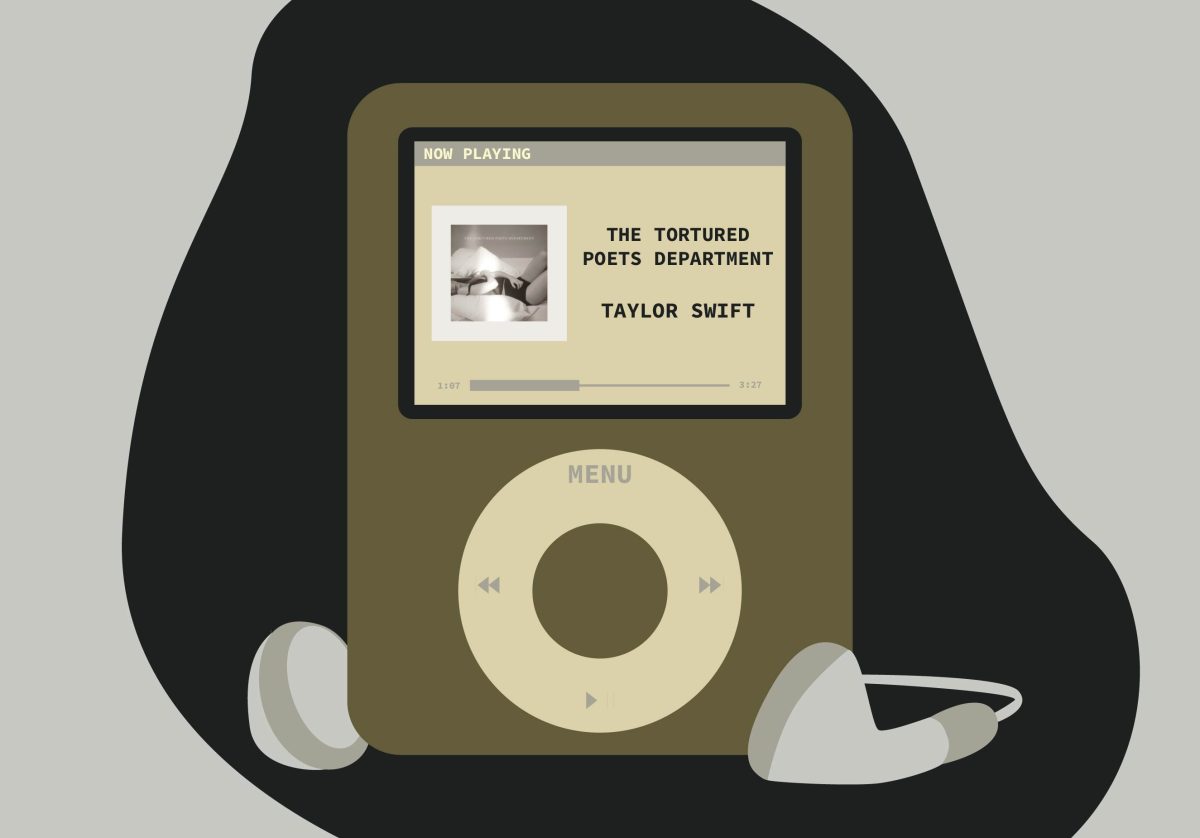Against all temptation, I waited until I read all of Anne Rice’s “Christ the Lord: Out of Egypt” before leafing through her author’s note.
Good thing: Although Rice’s newest novel is a compelling read, her personal treatise at the end might have tainted my reading of it.
In “Christ the Lord: Out of Egypt,” presumably the first in a series, Rice tells the story of 7-year-old Jesus returning to Nazareth and figuring out what’s so special about himself. She does this in first person, allowing us to experience Jesus’ childhood and humanity.
We watch as Jesus accidentally knocks a playmate dead (a story from the Infancy Gospel of Thomas), as he cries when he’s scared and as he slowly learns his life is different in purpose from those of other children.
Most compelling is the conclusion Jesus comes to in the final pages of the book, as he embraces his purpose. Rice gives us the child Jesus’ own incarnation theology in a way that’s convincing and new.
And this is what must be remembered when reading “Christ the Lord.” This is a religious book more so than a historical novel ” no matter the effort, in the author’s note and in the subtext, she put in to make it the latter.
Rice boasts in her personal note about all the research she did for the book, and to her credit, first-century Judea comes through in the stories of violence and turmoil Jesus witnesses. They clearly are ripped from the pages of the first-century Jewish historian Josephus.
It also was clear throughout that she owes much of her portrait to professor Paula Fredricksen’s “Jesus of Nazareth: King of the Jews,” which Rice acknowledges. This especially resonates in her description of the temple and its outer courts.
Above all, this Jesus story is about embracing Catholic doctrine, something Rice openly admits. Mary explicitly is a perpetual virgin, and the existence of James, the brother of Jesus, is explained via a convenient prior marriage.
However, Rice explores Joseph’s reasons for not consummating his marriage with wife Mary in a compelling and almost convincing manner ” his celibacy relates to his role as a witness of the miracles surrounding Jesus’ birth.
Nevertheless, Rice’s treatment of church tradition as, well, gospel, can get awkward. This is especially true when she chooses to set the nativity in the winter ” despite Gospel imagery to the contrary. It’s as though we are to forget that the church didn’t set Christmas to Dec. 25 until very late in the tradition.
But there’s something familiar and charming about reading the story with its traditional flair: Indeed, reading “Christ the Lord” is like reading reworked mythology, a task made easier given that there is no canonical portrait of Jesus at 7.
Were Rice presenting her book as an act of faith to be enjoyed as myth by non-Catholics, “Christ the Lord” would simply be a good book. But she isn’t content with that.
Her author’s note borders on sounding like conservative talk radio, using the word “liberal” as a pejorative so many times so as to risk credibility. She attaches this word to the scholars she calls skeptics ” that is any New Testament scholars whose arguments
contradict doctrine. And she continually refers to her reading of the Bible and other early Judaic texts as making her a scholarly expert.
For example, she concedes that she reads none of the ancient languages required in biblical study, but still calls herself a “scholar.” And she discounts perhaps one of the few consensuses in New Testament scholarship ” that the Gospels were written at least decades after the events they describe.
Rice then suggests that Fredricksen’s argument in “Jesus of Nazareth” is the opposite of her case in “Christ the Lord,” suggesting a false dichotomy, with Rice and literalists on one side and “evil skeptics” on the other. It also makes little sense. Fredricksen’s focus is not Jesus’ childhood, a topic most scholars relegate to mystery.
“Christ the Lord” is a reverent portrait of Jesus and makes for good Catholic reading. In many ways, Rice has succeeded in taking the Christ of her faith and putting him in the context of first-century Judea.
But this novel is hardly a substitute for genuine, unbiased scholarship on the New Testament or first-century Judaism.
If you want that, check out Fredricksen’s book, which contains virtually all the scholarship Rice relied upon, without any of the ideological excuses.















